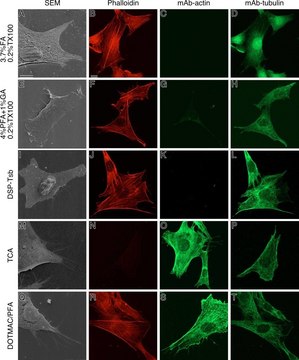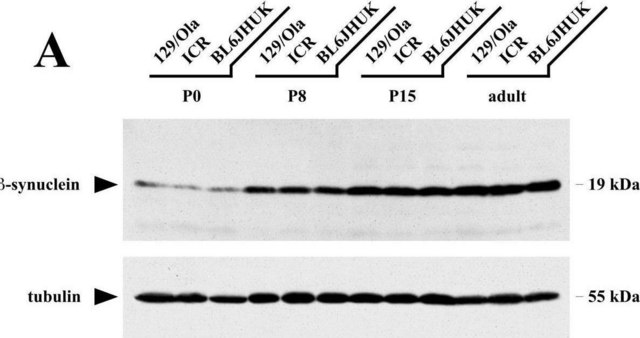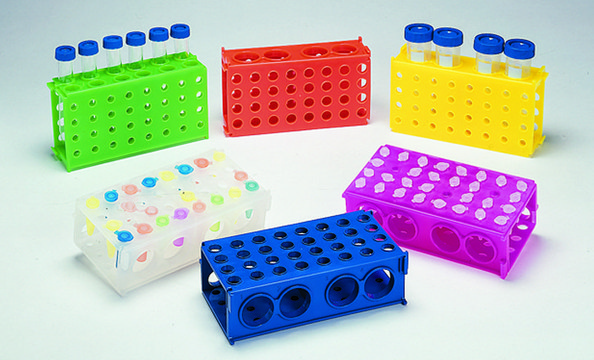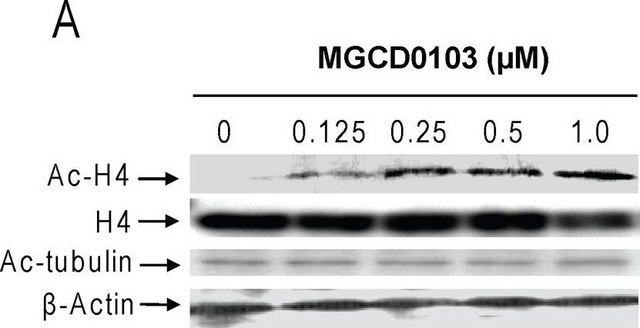T5293
Monoclonal Anti-β-Tubulin antibody produced in mouse

clone 2-28-33, ascites fluid
Synonym(s):
Anti-β-Tubulin Antibody
About This Item
Recommended Products
biological source
mouse
Quality Level
conjugate
unconjugated
antibody form
ascites fluid
antibody product type
primary antibodies
clone
2-28-33, monoclonal
contains
15 mM sodium azide
species reactivity
Ciona intestinalis, rat, chicken, Caenorhabditis elegans, Strongylocentrotus purpuratus, bovine, human
enhanced validation
independent ( Antibodies)
Learn more about Antibody Enhanced Validation
technique(s)
indirect immunofluorescence: 1:1,000 using cultured chicken fibroblasts or cultured human foreskin fibroblasts
western blot: 1:100
Related Categories
1 of 4
This Item | T4026 | T7816 | T5201 |
|---|---|---|---|
| biological source mouse | biological source mouse | biological source mouse | biological source mouse |
| species reactivity Ciona intestinalis, rat, chicken, Caenorhabditis elegans, Strongylocentrotus purpuratus, bovine, human | species reactivity human, rat, frog, moth, mouse, plant, rabbit, chicken, bovine, wheat, sea urchin, hamster | species reactivity Xenopus, chicken, human, hamster, canine, mouse, bovine, rat | species reactivity human, rat, frog, moth, mouse, plant, rabbit, chicken, bovine, wheat, sea urchin, hamster |
| antibody form ascites fluid | antibody form ascites fluid | antibody form ascites fluid | antibody form purified immunoglobulin |
| Gene Information human ... TUBB1(81027), TUBB2A(7280), TUBB2C(10383) | Gene Information human ... TUBB(203068), TUBB1(81027), TUBB1(81027), TUBB1(81027), TUBB1(81027), TUBB2A(7280), TUBB2A(7280), TUBB2A(7280), TUBB2A(7280), TUBB2C(10383), TUBB2C(10383), TUBB2C(10383), TUBB2C(10383) | Gene Information human ... TUBB(203068) | Gene Information human ... TUBB(203068), TUBB1(81027), TUBB1(81027), TUBB1(81027), TUBB1(81027), TUBB2A(7280), TUBB2A(7280), TUBB2A(7280), TUBB2A(7280), TUBB2C(10383), TUBB2C(10383), TUBB2C(10383), TUBB2C(10383) |
| clone 2-28-33, monoclonal | clone TUB 2.1, monoclonal | clone SAP.4G5, monoclonal | clone TUB 2.1, monoclonal |
| conjugate unconjugated | conjugate unconjugated | conjugate unconjugated | conjugate unconjugated |
General description
Specificity
Immunogen
Application
Biochem/physiol Actions
Disclaimer
Not finding the right product?
Try our Product Selector Tool.
recommended
Storage Class
10 - Combustible liquids
wgk_germany
WGK 3
flash_point_f
Not applicable
flash_point_c
Not applicable
Choose from one of the most recent versions:
Already Own This Product?
Find documentation for the products that you have recently purchased in the Document Library.
Customers Also Viewed
Our team of scientists has experience in all areas of research including Life Science, Material Science, Chemical Synthesis, Chromatography, Analytical and many others.
Contact Technical Service

















